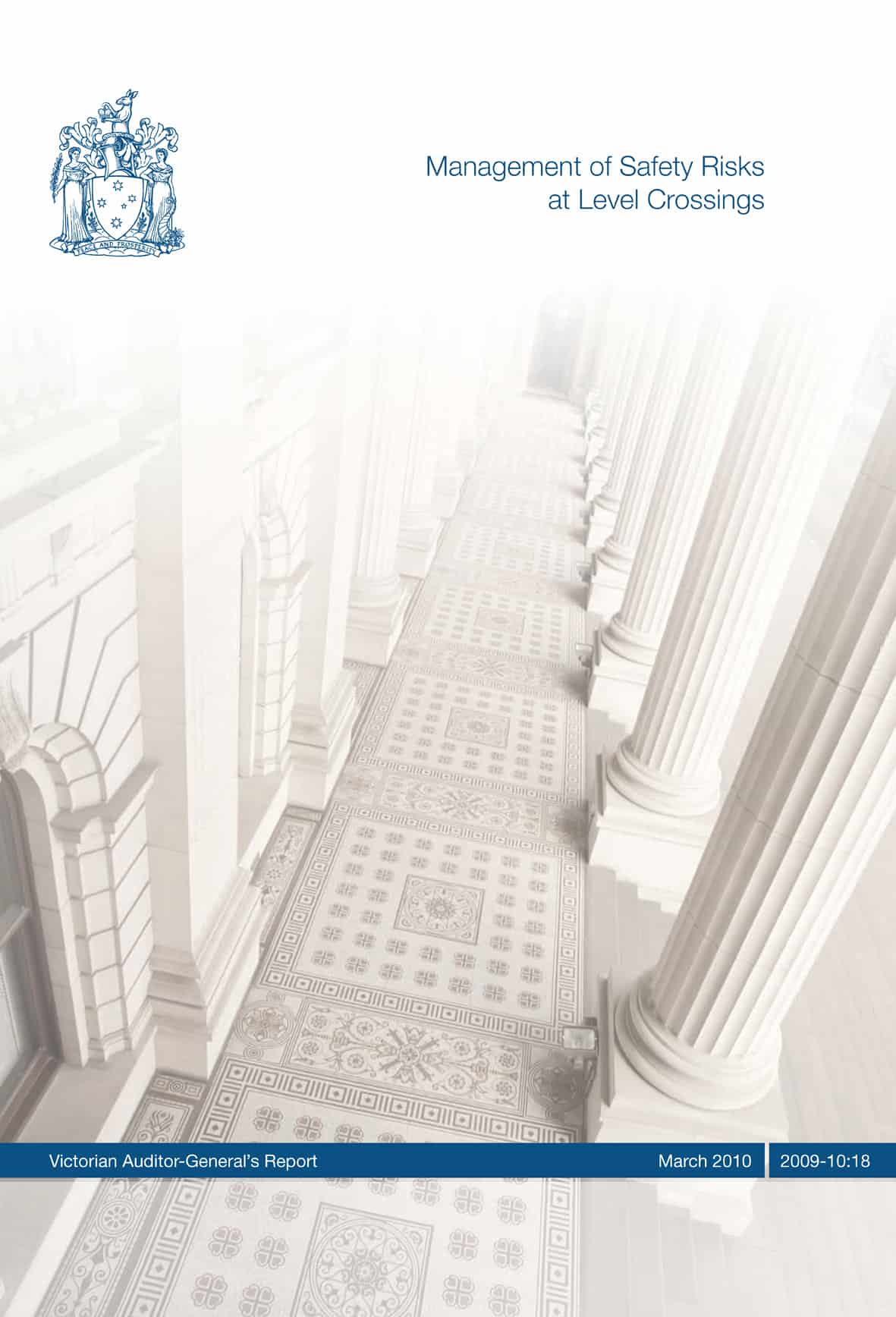In December 2008 Fortescue Metals Group said it would contest charges it breached OHS laws over the death of two people. In April 2010, it is seeking to avoid the charges.
On March 9 2007, tropical cyclone George hit a camp site in north-west Australia killing two people and injuring others. The temporary accommodation shelters, “dongas”, in which workers were sheltering provided insufficient protection for many workers.
According to one media report on 12 April 2010, the lawyer for FMG, John Karkar,
“…. said his clients’ operations were governed by the Mines Safety Inspections Act because the Pilbara camp was built for the accommodation of mine workers and workers who were building a railway line which was to be used to transport iron ore.” Continue reading “Fortescue Metals contests cyclone deaths”

